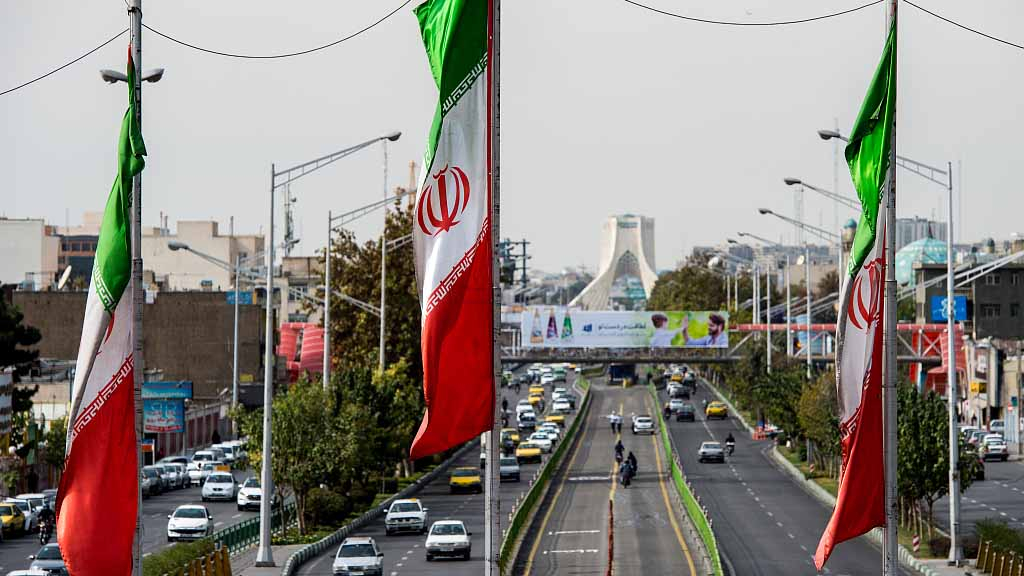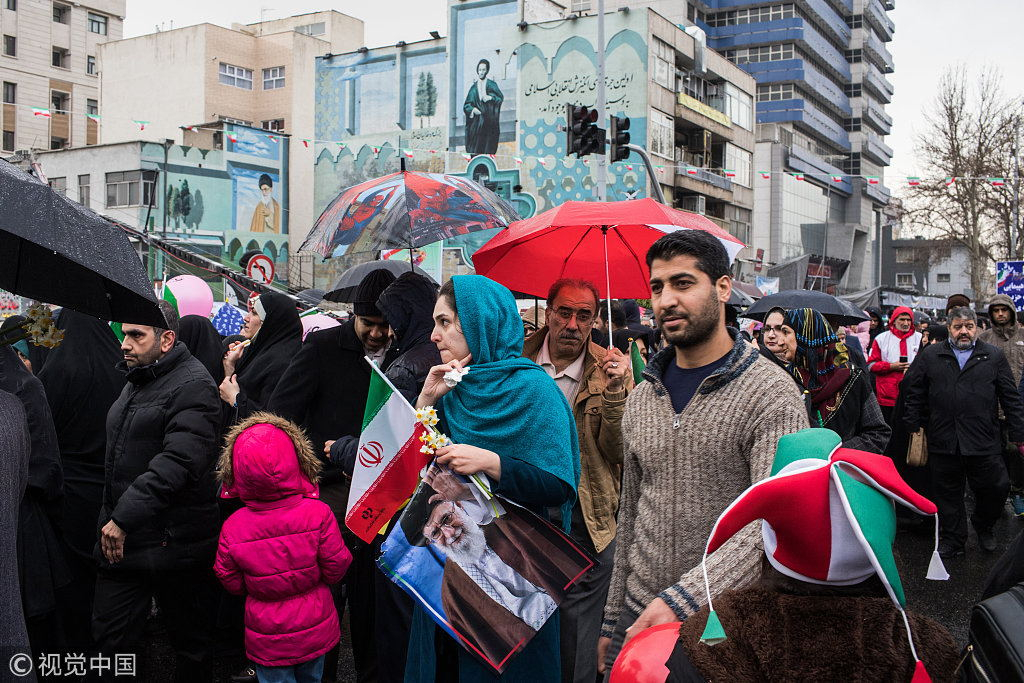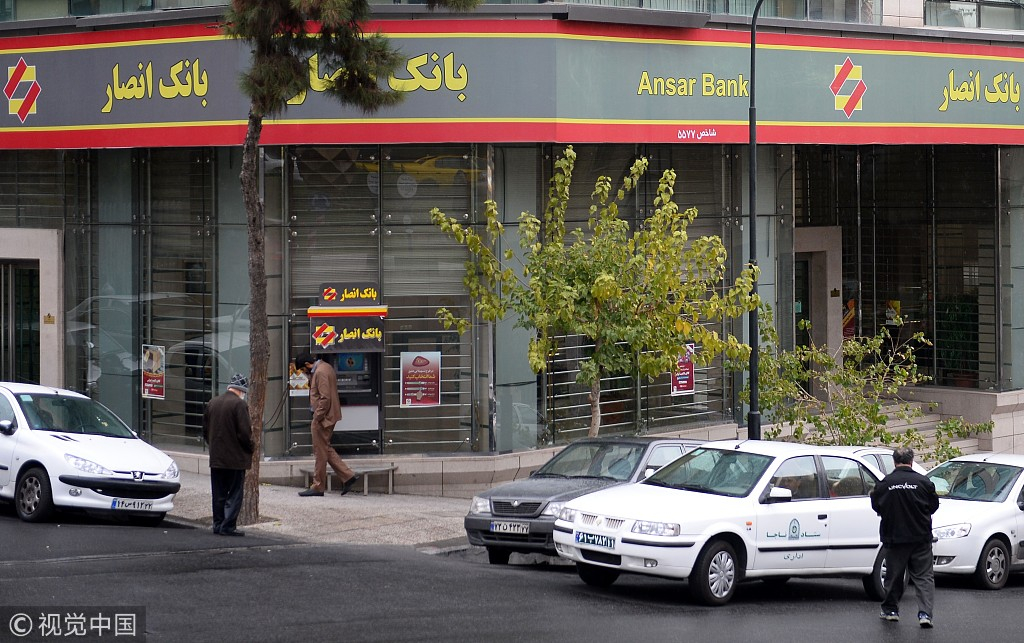
Biz Analysis
17:37, 12-Feb-2019
Assessing impact of U.S. sanctions on Iranian economy
Updated
19:28, 12-Feb-2019
By Nayan Seth, Shang Jianglong
02:13

The 40th anniversary of the Iranian revolution is also marked by four decades of uneasy relations with the United States. Here's how the U.S. over the years has used economic sanctions to pressure and punish the Iranian regime, and how that is now impacting the Iranian economy.
On May 8 last year, U.S. President Donald Trump overturned ex-President Barack Obama's biggest policy decision: the U.S. officially withdrew from the 2015 Iran Nuclear Deal.
Trump blamed Iran for continuing its military expansion and waging a proxy war in the Middle East.
But it wasn't the first time U.S. used the sanction weapon against Iran. The sanctions were imposed for the first time in November 1979, and then were lifted after two years.

Iranian demonstrators marching on the streets to mark the 40th anniversary of the Iranian Revolution in Tehran, Iran. /VCG Photo
Iranian demonstrators marching on the streets to mark the 40th anniversary of the Iranian Revolution in Tehran, Iran. /VCG Photo
The next wave of sanctions came in 1987, then again in 1995 and later in 2006.
Initially, the U.S. sanctions targeted Iranian investments in oil and gas which were later expanded to commercial dealings and banking.
These sanctions were finally lifted in January 2016, after the signing of the Iran Nuclear Deal. But the relief was short-lived as Trump reimposed them in August and November last year.
Over the years, the Iranian governments have been able to withstand the pressure. But how resilient is Iran's economy now? Here are some facts:
The International Monetary Fund (IMF) expects Iran's economy to contract by more than three percent in 2019, after projecting a four percent growth months earlier.

A branch of Iran's Ansar Bank in Tehran, Iran. /VCG Photo
A branch of Iran's Ansar Bank in Tehran, Iran. /VCG Photo
According to IMF data, every year 150,000 to 180,000 educated Iranians leave the country, the number is considered as one of the worst cases of brain drain. Unemployment too has skyrocketed to around 30 percent, while inflation is over 35 percent. Iran's currency, rial, has lost nearly 70 percent of its value against the U.S. dollar in the past 12 months
But the government is putting up a brave face.
Iranian President Hassan Rouhani said: "We will stand against these sanctions together, and gain victory over America."
On Wednesday, Trump argued on Twitter that the Iranian economy is crashing due to U.S. sanctions.
Though Iran is feeling the heat, some analysts believe the measures can do little to undermine the stability of the Iranian state, citing history as the biggest proof to support the argument.

SITEMAP
Copyright © 2018 CGTN. Beijing ICP prepared NO.16065310-3
Copyright © 2018 CGTN. Beijing ICP prepared NO.16065310-3